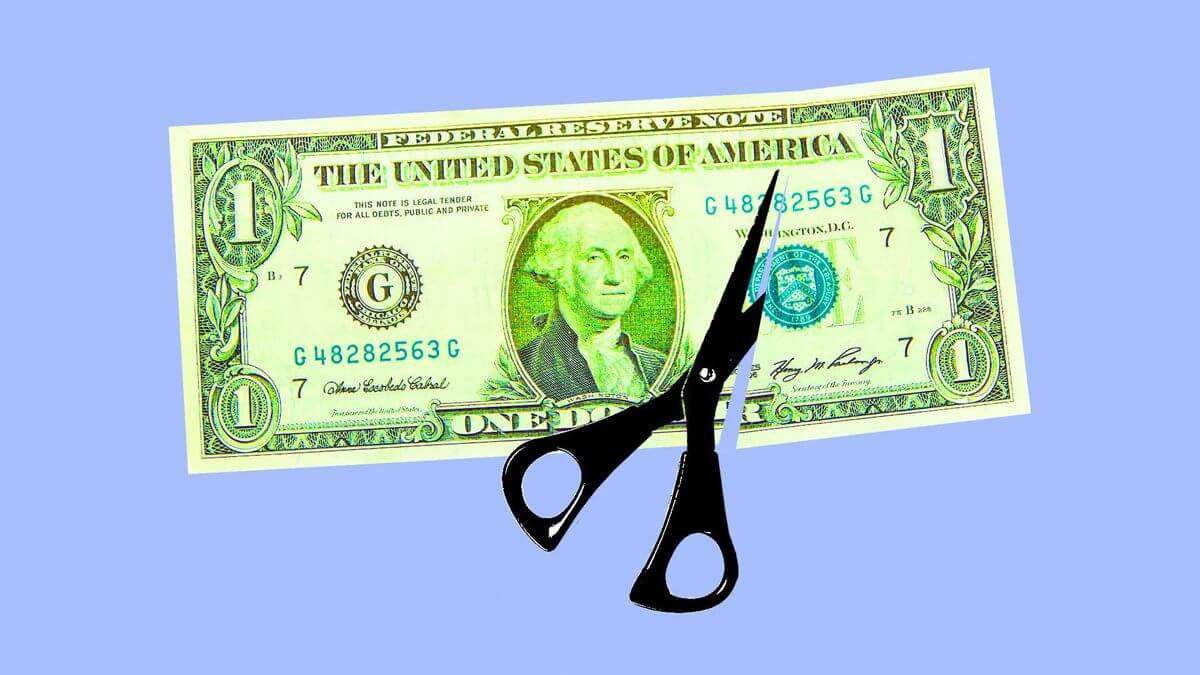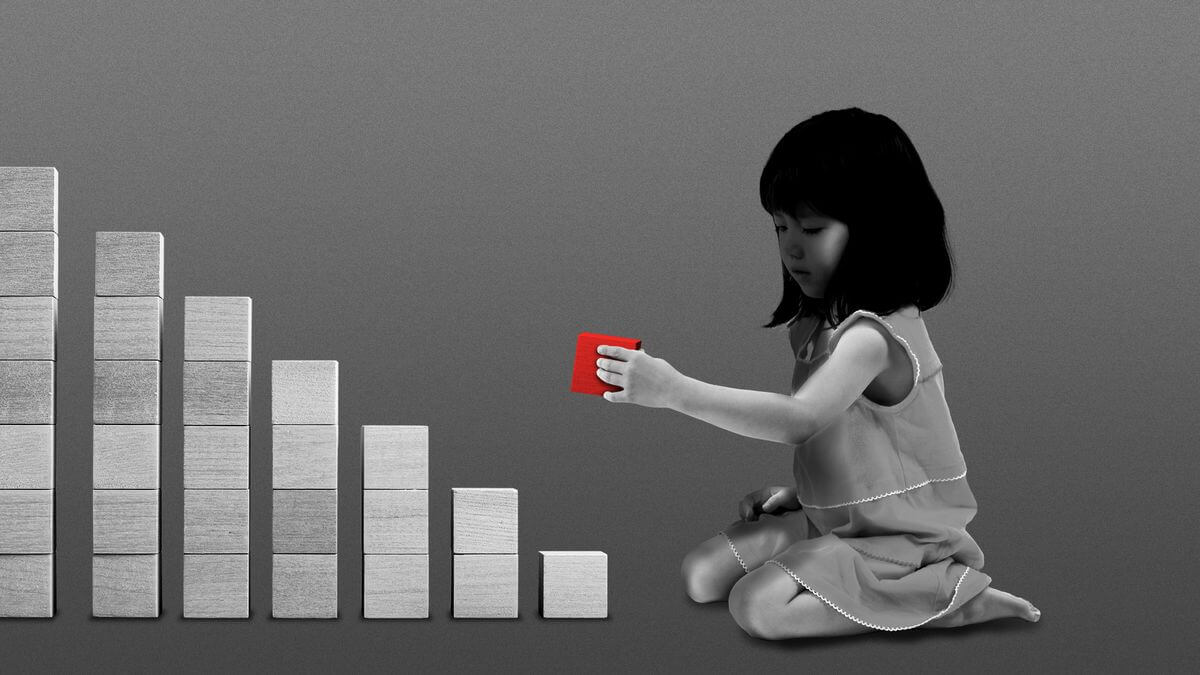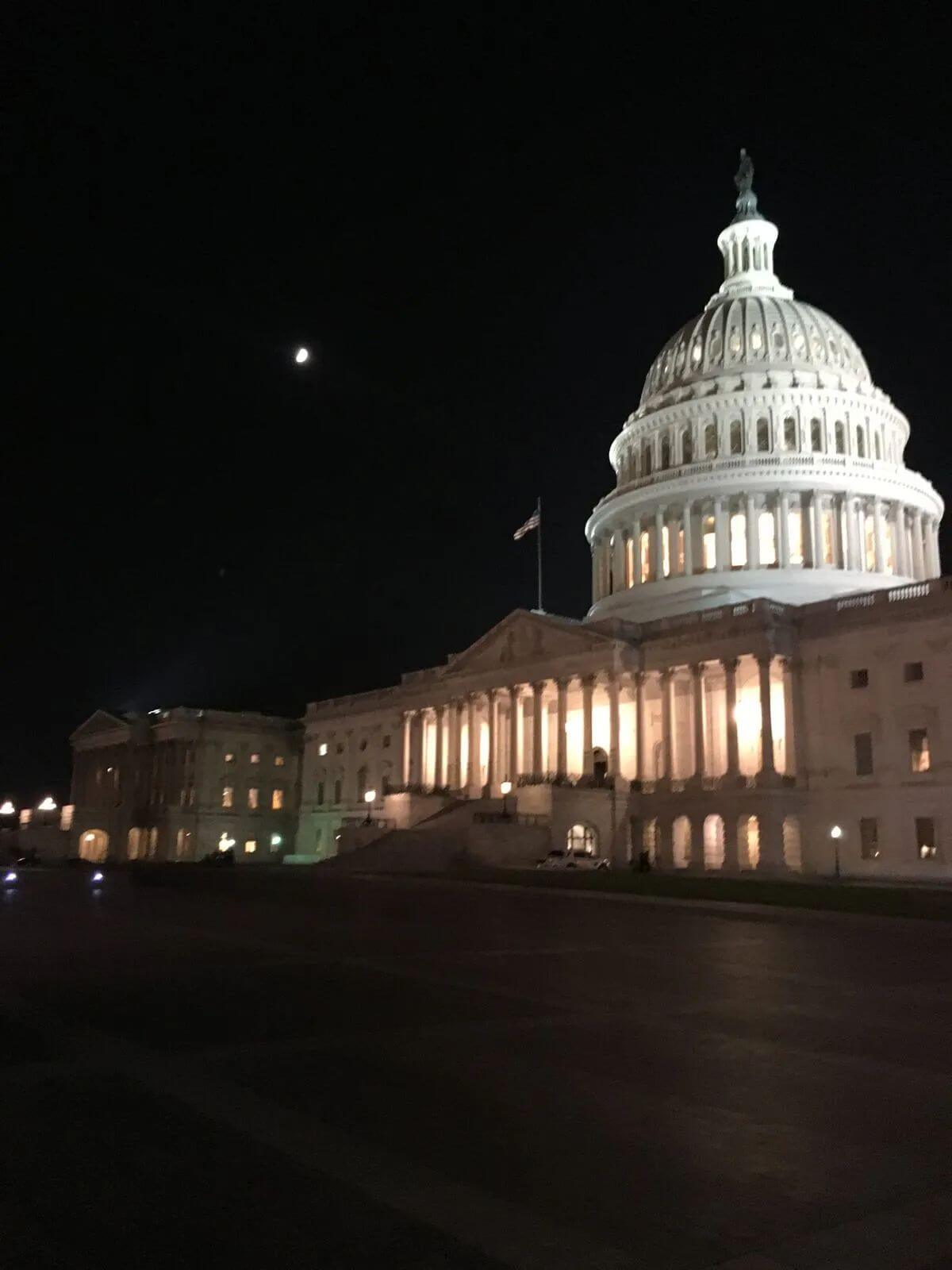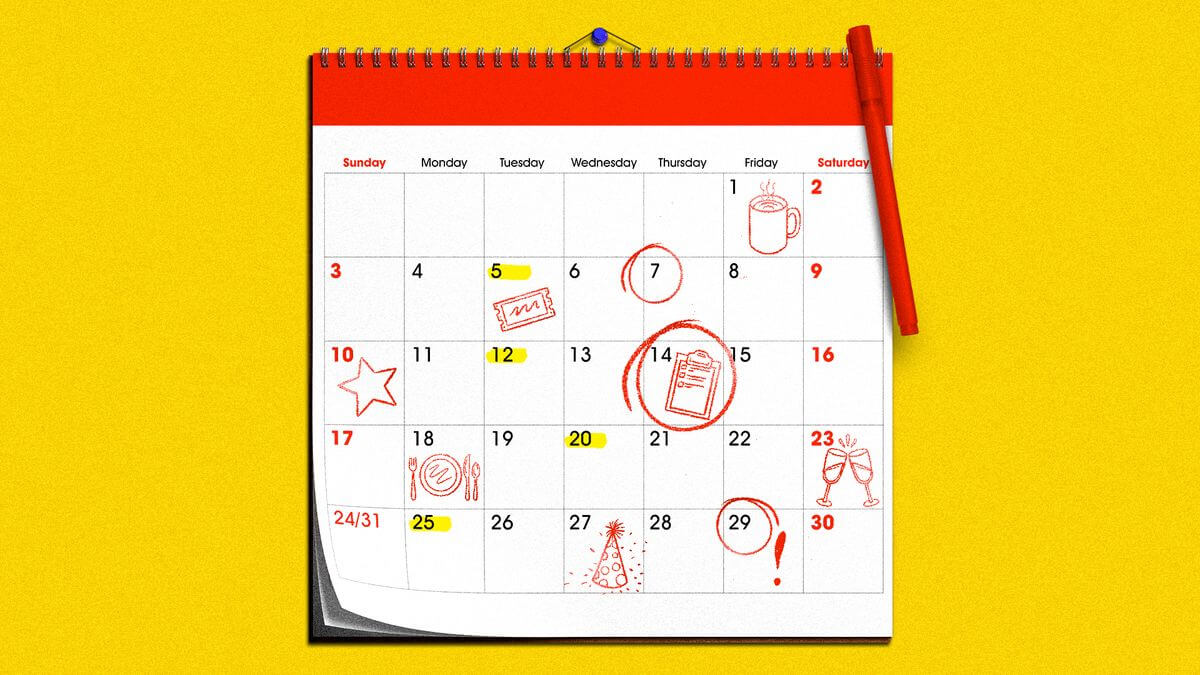6/16 Torchbearer Weekly Policy Update
Thank you for letting us be your trusted source for local, state, and federal policy updates. Let’s dig in…
- Indiana agencies face new budget challenges
- Indiana's child well-being rankings improve
- GOP's reconciliation push in Senate
- Inflation up slightly as tariffs loom
- Share the Torchbearer Newsletter with Your Network!
- Important Dates
Indiana agencies face new budget challenges

The Braun administration has directed agencies to withhold 5% of their funds from specific budget line items, adding to the appropriation cuts already enacted in the state budget.
Why it matters: This change limits department heads' discretion and signals tighter fiscal constraints, affecting nearly every agency with reduced resources for the new biennium.
- Agencies may have to operate with a 10% budget cut as withheld amounts are unlikely to be released.
- The state's major programs face unsustainable cost increases.
The big picture: The directive follows a grim revenue forecast earlier this year, projecting $2 billion less in spending for the next two-year budget.
- The state is expected to maintain $2.25-2.5 billion in reserves throughout the biennium.
- Despite some budget boosts, agencies like the Department of Correction and Department of Child Services are also facing cuts.
What's next: Agency plans are due to the Office of Management and Budget by the end of the month as they identify areas for reversions. (Indiana Capital Chronicle)
Indiana's child well-being rankings improve

Indiana's child well-being has seen improvements, achieving its highest rankings in economic and education categories in over a decade, according to the 2025 KIDS COUNT Data Book.
Why it matters: The state now ranks 25th overall in child well-being, reflecting progress but also highlighting areas for further improvement, particularly in health and family and community domains.
- Indiana's economic and education rankings increased to 11th, driven by initiatives in stable homes and strong schools.
- However, health and family community remain in the bottom half, indicating ongoing challenges.
By the numbers:
- 15% of children live in poverty, consistent with previous years.
- Economic indicators show better results than national averages, despite a slight increase in housing cost burdens.
What's next: Indiana must continue focusing on effective programs to foster long-term gains in workforce development and economic growth, ensuring every child has the support to thrive. (Indiana Capital Chronicle)
GOP's reconciliation push in Senate

Republicans in the U.S. Senate are working to pass their "big beautiful bill" using reconciliation, a process that requires only a simple majority for approval.
Why it matters: This strategy allows the GOP to bypass the filibuster and secure 51 votes for passage, focusing on federal revenue, spending, and debt limit changes.
- The bill faces Democratic criticism and must adhere to strict Senate rules, ensuring proposals are not "merely incidental" to budgetary issues.
How it works:
- Reconciliation aligns with the budget resolution and is subject to the Byrd rule, which restricts non-budgetary provisions.
- The process includes a "vote-a-rama," where Senators debate numerous amendments overnight, reflecting the Senate's unique approach compared to the House.
What's next: With key amendments expected, the GOP aims for a swift passage while Democrats seek opportunities to influence the bill's content. (Inside Indiana Business)
Inflation up slightly as tariffs loom

U.S. inflation ticked up in May, with consumer prices rising 2.4% year-over-year, amid mixed effects from tariffs and other economic factors.
Why it matters: While grocery and import costs climbed, decreases in gas and travel prices provided some relief. However, the looming threat of tariffs could push inflation higher in the coming months.
- Companies like Walmart and J.M. Smucker are planning price hikes to offset tariff impacts.
- Core inflation remains above the Federal Reserve's 2% target, complicating potential interest rate cuts.
The big picture:
- President Trump's tariffs have not yet broadly increased prices, as many companies have absorbed costs.
- The Federal Reserve is cautious, keeping rates unchanged as they assess tariff impacts.
What's next: As tariffs increase, consumers may see rising costs for goods such as clothing and groceries. Fed Chair Jerome Powell will monitor inflation closely, influencing future economic policy decisions. (Indiana Capital Chronicle)
Share the Torchbearer Newsletter with Your Network!

Not signed up for our weekly newsletter? Sign up today!
Important Dates:

June 25, 2025 - 11 am - Legislative Council
